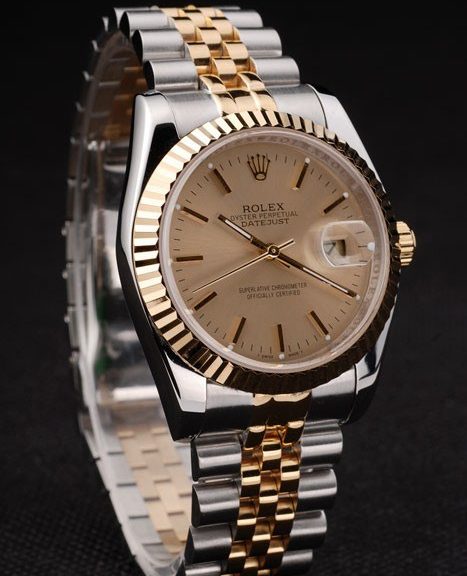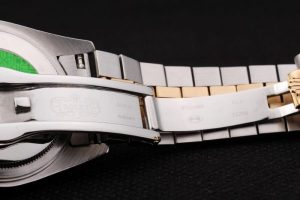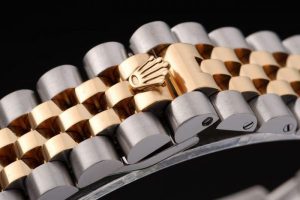
The History of the Amazing Rolex GMT-Master
Like many of Rolex’s other sports watches, the Rolex GMT-Master is now a viral model – especially in stainless steel. Almost all fake Rolex GMT-Master watches sell significantly more than their original retail price on the secondary market. Specific well-preserved vintage models have topped six figures at auction. The history of the Rolex GMT-Master dates back to the mid-1950s when Pan Am approached replica Rolex about a watch that its pilots could use on long-haul flights to track multiple time zones simultaneously. To the existing Turn-O-Graph ref. 6202, Rolex added a fourth hand, rotating every 24 hours, and an insert with a 24-hour scale on the rotating bezel. 

This first GMT-Master was called ref. Although its design was relatively simple, it was very effective, allowing the user to refer to a second-time zone by simply rotating the bezel and reading the corresponding time against the 24-hour hand. For pilots of that era, the second time zone as Greenwich Meridian Time or GMT.
Unlike GMT-Master I, GMT-Master II now has a decoupled hour hand, meaning it can set the 12-hour hand independently of the other indicators. As a result, the wearer can move the hour hand back and forth in one-hour increments to easily change the local time if necessary – a handy feature for frequent travelers.
The first GMT-Master II model was the 16760, also known as the “Fat Lady” due to its thicker case. The GMT-Master II ref. 16760 was only available in stainless steel with a black and red bezel. A few years later, the second generation of the GMT-Master II came in ref. 16710. Rolex even moved the date window from the traditional 3 o’clock position to 9 o’clock to complete the left-handed look.